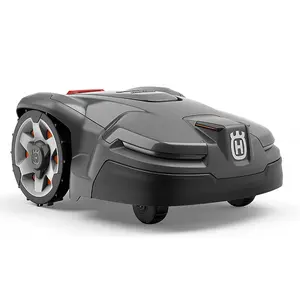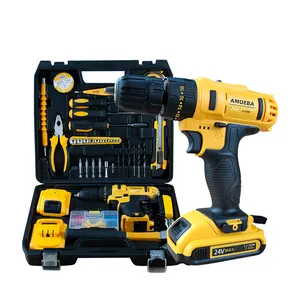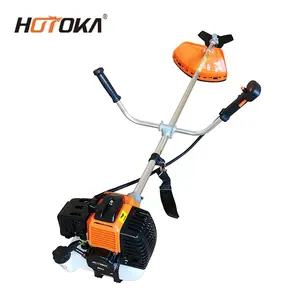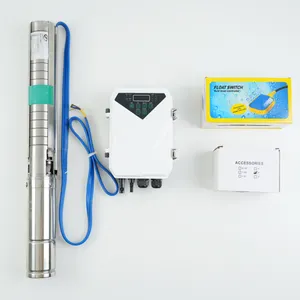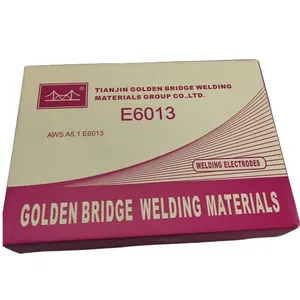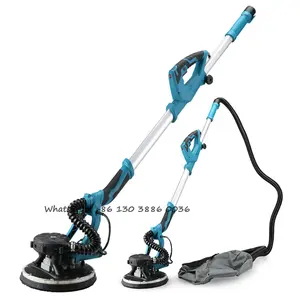Popular in your industry

































































































































































































Top categories
About beach valve
Introduction to Beach Valves
Beach valves are integral components in managing fluid dynamics within various piping systems. Designed to regulate and control the flow and pressure of liquids, these valves are essential in a multitude of settings, from irrigation systems to industrial processes. The versatility of beach valves is reflected in their diverse types, each tailored for specific functions and applications.
Types and Applications
Beach valves come in various forms, including check valves, pressure reducing valves, ball valves, butterfly valves, and thermostatic mixing valves. Check valves are pivotal in preventing backflow, ensuring that water or other fluids move in a single direction. Pressure reducing valves are crucial in maintaining desired pressure levels within a system, which is particularly important in water supply systems to prevent pipe damage due to high pressure. Ball valves offer robust shut-off capabilities, making them suitable for applications requiring tight sealing. Butterfly valves are known for their efficient flow control in large pipe diameters, while thermostatic mixing valves are used to maintain and regulate water temperature.
Features and Materials
The construction of beach valves involves a variety of materials, each selected for its durability and compatibility with different fluids and operating environments. Common materials include brass, stainless steel, and PVC, which are chosen for their resistance to corrosion, chemical stability, and longevity. The design features of beach valves often include mechanisms for easy operation, such as lever handles for ball valves or gear operators for larger butterfly valves.
Advantages of Using Beach Valves
Implementing the right type of beach valve can lead to significant advantages in a piping system. These benefits include improved safety, enhanced control over fluid flow, reduced risk of contamination, and extended system longevity. For instance, the use of backflow preventers is critical in safeguarding potable water supplies from contamination. Similarly, employing the correct pressure reducing valve can prevent overpressure, which might otherwise lead to system failure.
Selecting the Appropriate Beach Valve
Choosing the correct beach valve is dependent on the specific requirements of the application. Factors to consider include the type of fluid, flow rate, pressure requirements, and environmental conditions. For example, a solenoid-operated valve might be ideal for automated industrial processes, while a simple ball valve could suffice for manual residential applications.
Conclusion
In conclusion, beach valves are essential for the precise control and management of fluid flow within various systems. With a broad range of types and materials available, these valves can be tailored to meet the specific needs of any application. While the selection process may seem daunting, understanding the function and advantages of each type of beach valve can lead to an informed decision, ensuring the efficiency and safety of your system.
